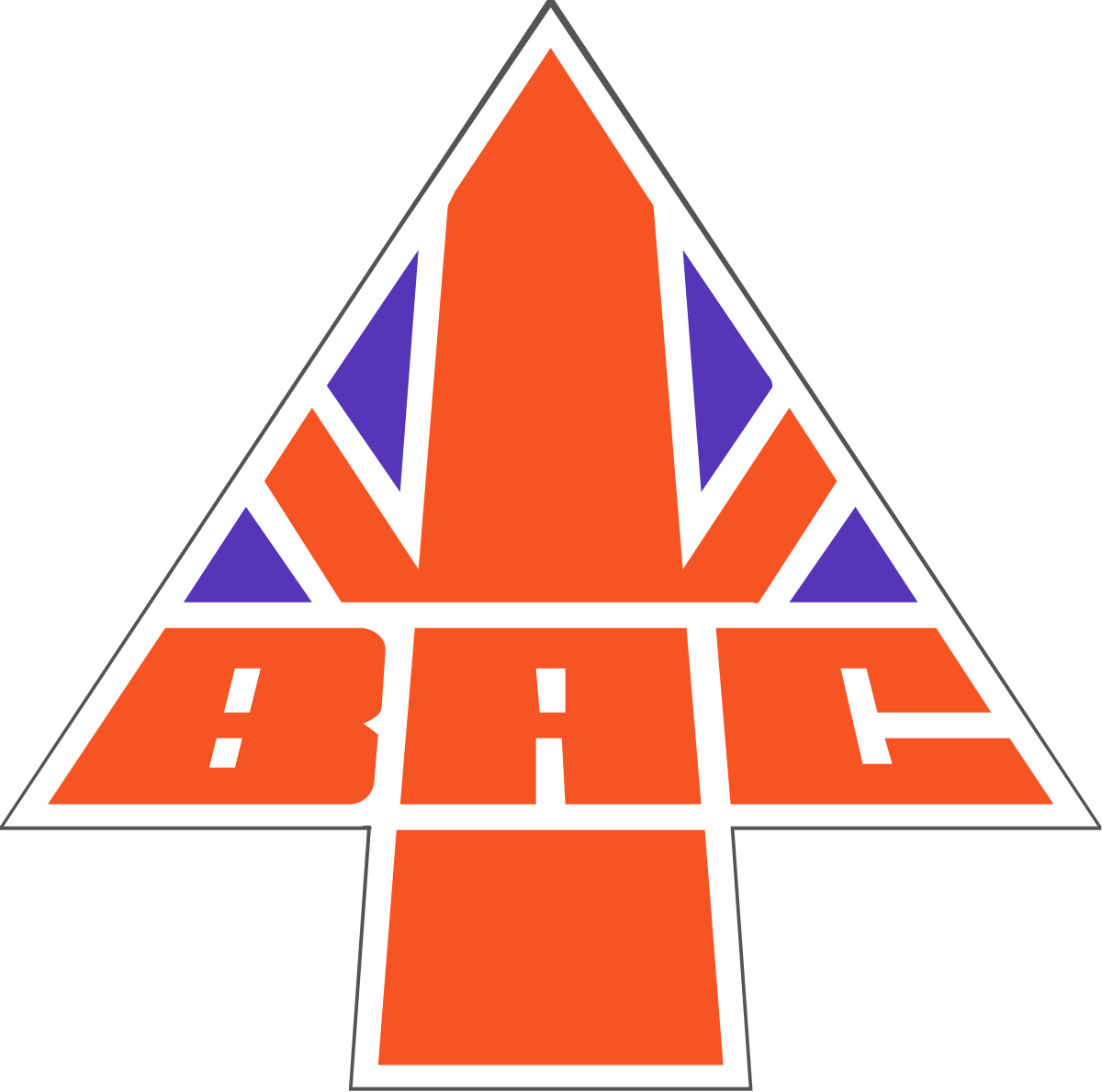Apologies for the delay in my reply. I spent 20 years flying aeroplanes in the Royal Air Force (RAF) therefore can argue that I know well one side of an Operational Requirement (OR); further, I spent 35 years as an air electronics systems design engineer in the Defence Industry, so I also know well the procurement side of ORs from design, develop, test, and manufacture of the required equipment. At the time in question, a military requirement started with a Staff Target, the Air Staff giving a ‘heads-up’ on what they are going to ask for; this Air Staff Target (AST) is followed by a General OR (GOR 339), in turn followed by the OR. An OR is what the Army/Navy/Air Force OR Branch thinks it needs to best meet warfare needs in the future, as spelt out in the latest Defence White Paper. OR Branch staff are not usually engineers, so they will seek advice from industry on what is possible to provide by way of equipment to meet the White Paper threat in 10-15 years’ time; which I have been involved in, so I do not need educating in ORs. However, the OR is not the specification
[1]; the specification was issued by the Ministry of Supply (MoS), its reference was something like B 35/46, but the TSR 2 was never given an MoS reference and was just known as OR 343. The two down selected companies (out of nine) were English Electric and Vickers Armstrong, and the contract was awarded for a EE-Vickers joint project. In 1959 the Air Ministry sought Treasury approval for the TSR 2 for full development to Controller Air (CA) release, but only limited approval was given; the whole matter was to be reviewed, including an assessment of the Buccaneer. Three months later Harold Watkinson, as Minister of Defence asked the Chief of Staff for full review on the necessity of the TSR 2. In May of 1960, the Minister asked for a full study to give the TSR 2 a strategic capability by carrying a stand-off missile such as Blue Steel, the Government just having cancelled the supersonic strategic bomber, the Avro 730.
The amalgamation of EE and Vickers was not voluntary, but imposed by the MoS (a shotgun marriage!) You cannot bring two companies together and expect them to act as a single company straightaway; in modern parlance it is called management of change. In my experience (my company was taken over three times!) it takes between one and two years for the single company to become effective and, yes, you can expect to spend a large sum of money in the process of merging! BAC was formed 1 January 1960.
What was not recognised at the time by either the Ministry of Aviation (MoA) or the manufacturer, was the working and cost of Titanium metal for the aircraft fabric; this metal was needed because of airframe heating at the speeds at which the TSR 2 was expected to fly (about 146°C, Concord was about 127°C). This problem was compounded by the (MoA) going against the consortium’s recommendation for the engines to be outside the fuselage; to put the engines inside the fuselage would need extensive heat shielding, therebye adding weight, increasing the wing loading (which was already high) lowering the manoeuvrability of the aircraft, as well as adding re-working costs. Another example is the designers wanted Rolls Royce engines, but the MoA overrode this and told them to use Bristol Siddeley engines, yet more cost. There were several occasions where the MoA overrode what the designers wanted to do: again, adding to the costs. There were several lines of development: airframe, engines, nav attack system, and reconnaissance system. The nav attack system was on the cusp of analogue and digital electronics which caused a lot of problems, while the recce system would come last in development. The hardware to software ratio of TSR 2 was in the order of 95% to 5%; for the F-35 it is about 5% to 95%!
Many years ago I was an engineer on a military high-speed data link. At a cocktail party for MOD personnel in Whitehall just before Christmas, I was asked by the MOD project manager to write a paper on including an additional function to the data link. As well as moving the goalposts, this question took my team of 11 engineers 10 man-days of effort to understand the implications, let alone write the paper. The cost to the company was some £85,000 which the MOD (PE) did not pick up! There were many such ‘moving-the-goal-posts’ requests. A friend of mine who co-wrote OR 334 said the biggest impediment to progress in TSR 2 development was that Whitehall ‘spawned’ committees, the consequence of which was to make an already suspect project management worse! Relations between the MoS, MoA, and the Air Ministry went from bad to worse, and infecting the MOD. This lack of trust exacerbated the financial arrangements; to add to the confusion, the OR was ‘upped’ on several occasions. Thus, the MoS/MoA, who in many ways were the pro- genitors of the project forfeited the trust of all, primarily because of the inaccuracy of their forecasts and their inability to oversee and organise the management of the project as a whole. My previous submission stands.
A question: Who was the TSR 2 design


